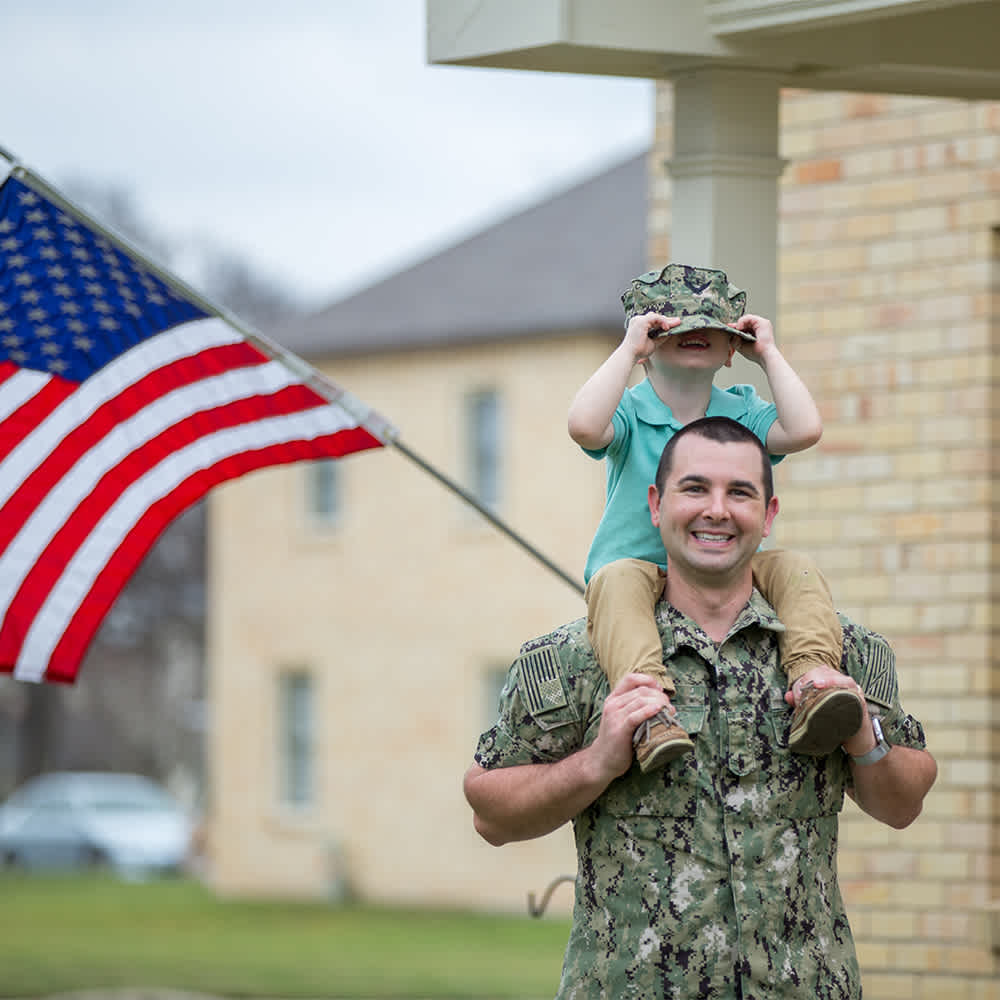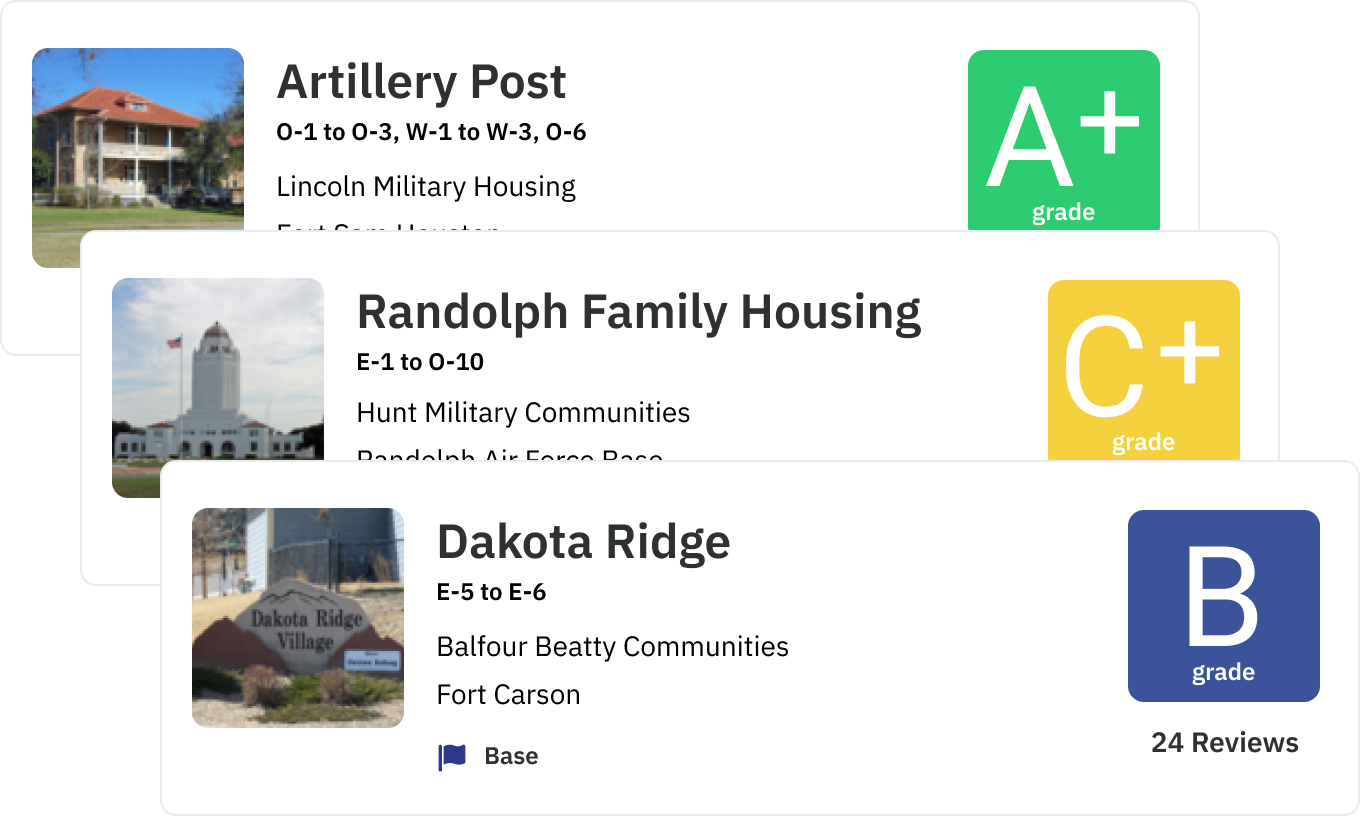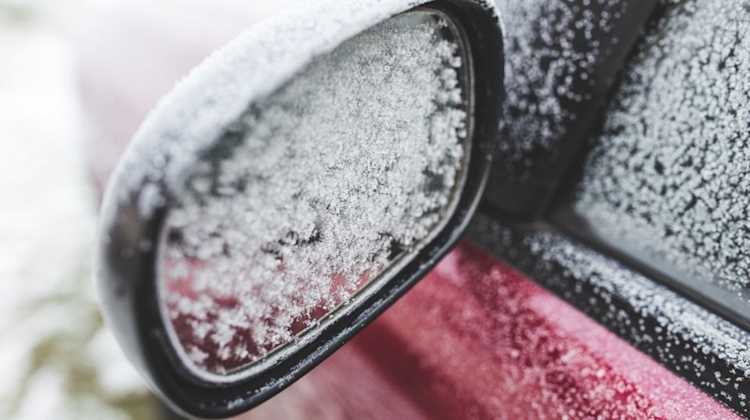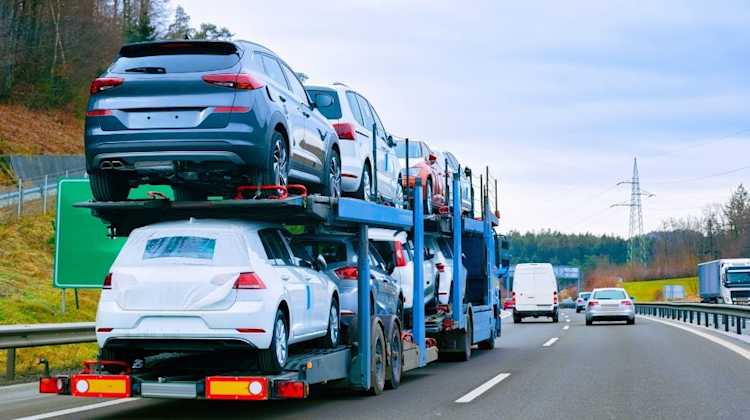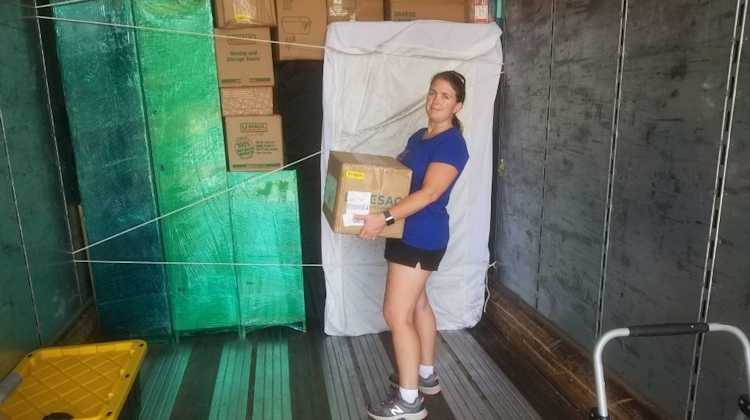PCSing to Alaska: 5 Things Military Families Should Know
by Becca Stewart - February 16th, 2022
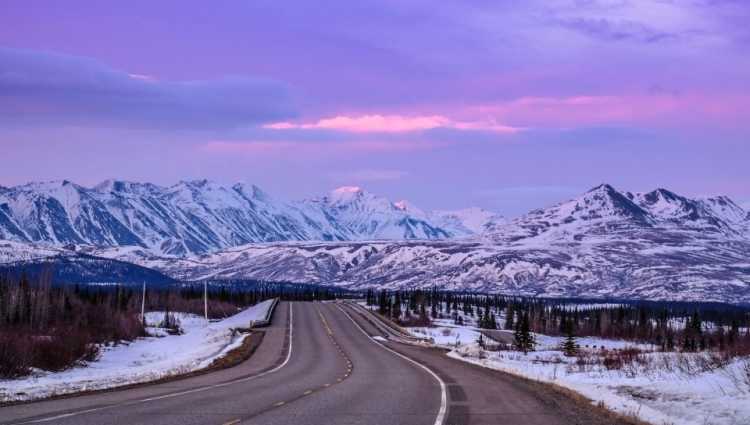
Moving to Alaska? Congratulations! The Last Frontier is a fantastic place, full of excitement, adventure, wildlife, and beauty. And yes, lots of snow.
Even though you’re moving to another American state, this PCS will be anything but ordinary. We’re breaking down the basics you need to know before your PCS to Alaska.
Command sponsorship
Alaska is considered an OCONUS (Outside the Continental U.S.) location. Therefore, all dependents must have Command Sponsorship from the military installation before your PCS. If your dependents are not sponsored, their airfare and other travel expenses will not be reimbursed. Unsponsored family members won’t have access to on-base services like the medical clinic or other military services.
COLA and housing allowance
Because Alaska is an OCONUS station, you will receive a cost of living allowance (COLA). But you will NOT receive overseas housing allowance (OHA).
COLA is an additional non-taxable payment that helps offset living costs in an OCONUS location. Everyday items cost more in Alaska because of the long distances those items must travel. Energy costs for those who live off base can be astronomical. Your COLA should help make those price differences a little less painful on your wallet. Click here to view the Department of Defense’s (DoD) official COLA calculator.
Here’s where it gets a little confusing. Yes, Alaskan installations are considered OCONUS. At most OCONUS locations, service members receive COLA and an overseas housing allowance (OHA). However, Alaska and Hawaii are the exceptions to this rule. When stationed in Alaska, you will receive a basic allowance for housing (BAH), just as you would at any other base within the continental United States. You can calculate your BAH here.
Getting to Alaska
Maps don’t do it justice: Alaska is really far away. Anchorage is about 2,200 miles from Seattle by road. It’s 1,400 miles from Seattle as the crow flies. And unless you are already stationed in the Pacific Northwest, you can add several hundred or thousand miles to that total.
With that in mind, there are two ways to get to Alaska during your PCS.
Flying
Many military families will choose to fly to Alaska from their current location. If you choose this option, your experience will be similar to any other overseas PCS. The transportation management office (TMO) will schedule a packing crew to come pack and load all your belongings.
Just like in any other OCONUS move, you will have two shipments: unaccompanied baggage (your “express” shipment) and your household goods or HHG (everything else). These shipments will take several weeks or months to arrive, so you will need to plan accordingly. TMO will also arrange for one vehicle to be shipped to your new location in Alaska.
Whatever you don’t pack in one of these shipments goes in your luggage, which you will take with you on the aircraft.
TMO will also make your flight arrangements. If you are taking pets with you, make those arrangements as early as possible to avoid additional fees.
You will travel by air from your current location to the Alaska installation and receive your belongings within a few weeks (unaccompanied baggage) or months (household goods). This is the fastest way for military families to get to Alaska.
Driving
Since Alaska is attached to the rest of North America, your other option is to drive yourself. This option is certainly an adventure, but there are a few things you’ll need to consider before hitting the road.
First, think about the time of year. If you’re PCSing in the winter or spring, road travel isn’t just ill-advised; it’s often impossible. Road conditions deteriorate in the cold winter months, with snow, ice, and blinding blizzards common during this time.
Second, think about your route – and the people you’re with. Like we mentioned before, Alaska is a long way away, even from the Pacific Northwest. If you’re driving from the east or south, the drive could take weeks to complete safely. That’s weeks in the car with your spouse, kids, and pets. It might very well be the best road trip of your lives. But it also might…not be.
Third, your drive will take you through another country and some very rough terrain. You will travel through Canada for at least a portion of your drive. That means everyone in the car will need passports, and your pet(s) will need all necessary paperwork. It’s also important to note that Canada does not allow American drivers with a DUI or DWI on their records to operate POVs in Canada without an exemption. For more information, click here.
The terrain in rural Yukon and southeastern Alaska can be brutal, even in the summer. Many roads are inadequately maintained, with few to no services for miles. If you choose to drive your vehicle, you’ll need to come fully prepared, with a spare tire (or two) and other supplies in case of emergency.
Car ferry from Washington to Alaska
Drivers can skip the sometimes-treacherous roads by taking a car ferry from Bellingham, Washington to Alaska. Even with a ferry trip, you have options.
First, you take a three-day journey by boat from Bellingham, WA to Juneau, AK. Once in Juneau, you can choose to continue to rest of the trip by road (plan on several more days of travel). Or, if you’d rather continue by ferry, you can travel from Juneau, through several other ports, until you arrive at Whittier, AK, just an hour south of Anchorage. The entire trip from Bellingham to Whittier is five days – and it’s the experience of a lifetime!
The travel office can help you make these reservations.
PPM or conventional move?
If you’re driving, you can do a partial or full personally procured move (PPM, formerly a DITY move). A PPM allows you to take your items with you instead of waiting for them to arrive via a military-contracted mover.
You may choose to move only what you can carry in your personal vehicle, rent a small moving trailer, or hire a company to move your entire household for you. The military will then reimburse you for the move. Contact your TMO for more information about a PPM to Alaska.
Housing options in Alaska
Once you arrive on station in Alaska, where will you live? Your options will vary depending on where you are stationed. However, many bases in Alaska have both on-base and off-base housing options.
On-base housing
Most on-base housing is privatized, meaning it’s owned and operated by a third-party contractor. Some of these on-base communities feature relatively new homes with community amenities like playgrounds and clubhouses for residents. Many homes are paired or row homes, which helps save on energy costs.
Speaking of energy costs, Alaska utilities are some of the highest in the nation. Most on-base communities either cover utilities in your rent or offer subsidies to help offset utility costs. Those who live on base will forfeit their entire BAH, but many families consider it an affordable option.
One note here: the DoD is starting to require on-base residents to pay utility bills in some locations, something service members haven’t done since 2020. As of this writing, installations in Alaska do not require residents to pay utilities. But that could change as the DoD seeks to offset rising energy costs across the nation. To learn more about on-base housing, including utility costs, visit your installation’s website.
Off-base housing
Off-base housing might include rental apartments, townhomes, or single-family housing. Some service members decide to buy a home near the military installation rather than renting. Both options are readily available within driving distance of most Alaska military installations. Because you will receive BAH and not OHA, whatever you don’t spend on housing goes straight into your pocket.
However, you’re going to need what’s leftover from your BAH to pay for utilities. Energy costs in Alaska are about double what you pay in the continental U.S. Many homes heat with oil or wood as electricity is very expensive. If you own a larger, single-family home, you can expect staggering utility bills.
There are plenty of ways to reduce your utility bills if you live off-base. Upgrades like energy-efficient windows, weatherstripping, and other energy-efficient overhauls can help keep your costs low. However, if you plan to live off base, ask the locals about their energy costs and budget accordingly.
You can contact the military housing office (MHO) at your new location for more information about renting or buying off base.
Tax advantages
As if the gorgeous views and endless adventures aren’t reason enough to be excited about your move to Alaska, there are some really great tax advantages, too. Thanks to oil subsidies, there is no state sales tax or income tax in Alaska. So, while the cost of goods and utilities are higher, you won’t pay tax on anything.
Additionally, if you become a permanent Alaska resident (after you live in the state for one full year), you could be eligible for an annual dividend, sometimes as much as $2,000.
Are you ready to PCS to The Last Frontier? We want to hear about your Alaskan experience! Connect with us on Facebook, Instagram, or Twitter and share your tips!
